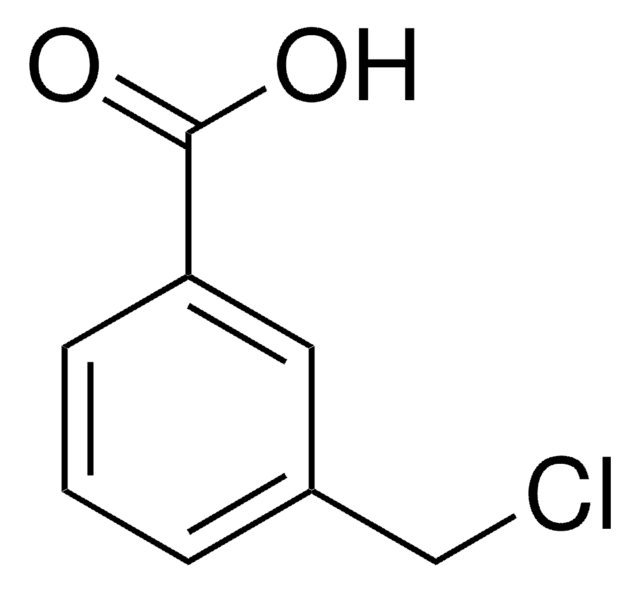This product is stored at room temperature.
441252
D-Pinitol
95%
Synonym(s):
3-O-Methyl-D-chiro-inositol
About This Item
Recommended Products
Quality Level
Assay
95%
form
powder
optical activity
[α]20/D 60.0 to 70.0°, c = 1% in H2O
mp
179-185 °C (lit.)
functional group
ether
hydroxyl
SMILES string
CO[C@@H]1[C@@H](O)[C@@H](O)[C@H](O)[C@H](O)[C@H]1O
InChI
1S/C7H14O6/c1-13-7-5(11)3(9)2(8)4(10)6(7)12/h2-12H,1H3/t2-,3-,4-,5-,6+,7+/m0/s1
InChI key
DSCFFEYYQKSRSV-KLJZZCKASA-N
Looking for similar products? Visit Product Comparison Guide
Related Categories
General description
Storage Class Code
11 - Combustible Solids
WGK
WGK 3
Flash Point(F)
Not applicable
Flash Point(C)
Not applicable
Personal Protective Equipment
Choose from one of the most recent versions:
Already Own This Product?
Find documentation for the products that you have recently purchased in the Document Library.
Customers Also Viewed
-
Should it be stored at room temperature or refrigerated(4ºC)?
1 answer-
Helpful?
-
-
The information provided suggests that D-pinitol is soluble in water (H2O) or DMSO ?
1 answer-
This product is not tested for solubility, however various sources report that D-Pinitol is soluble in both DMSO and water. Higher concentrations have been achieved using DMSO (up to 125 mg/mL) while marginal rates are observed with water and aqueous buffers (approx. 5 mg/mL).
Helpful?
-
Active Filters
Our team of scientists has experience in all areas of research including Life Science, Material Science, Chemical Synthesis, Chromatography, Analytical and many others.
Contact Technical Service








